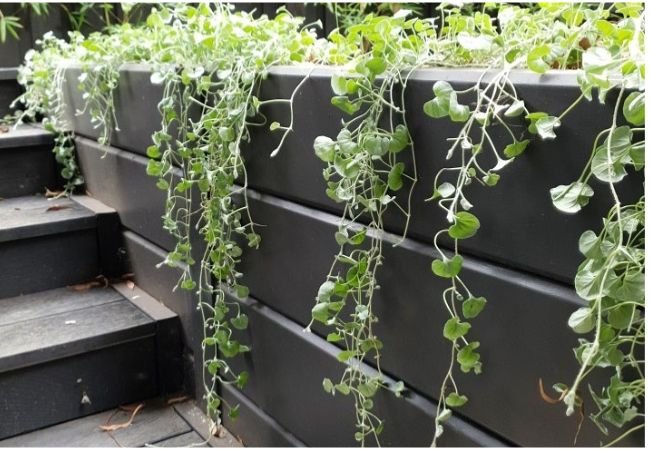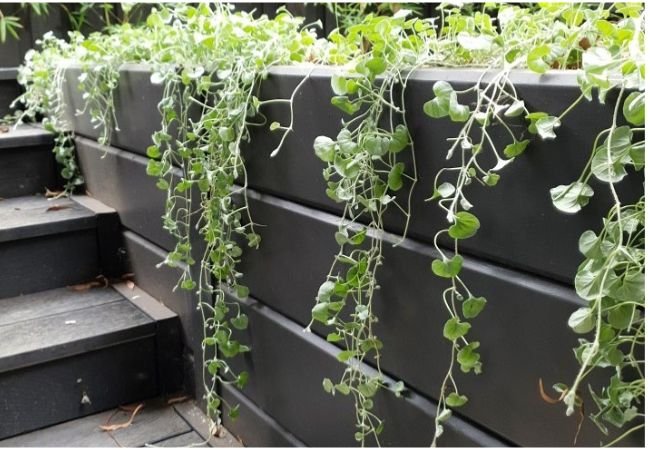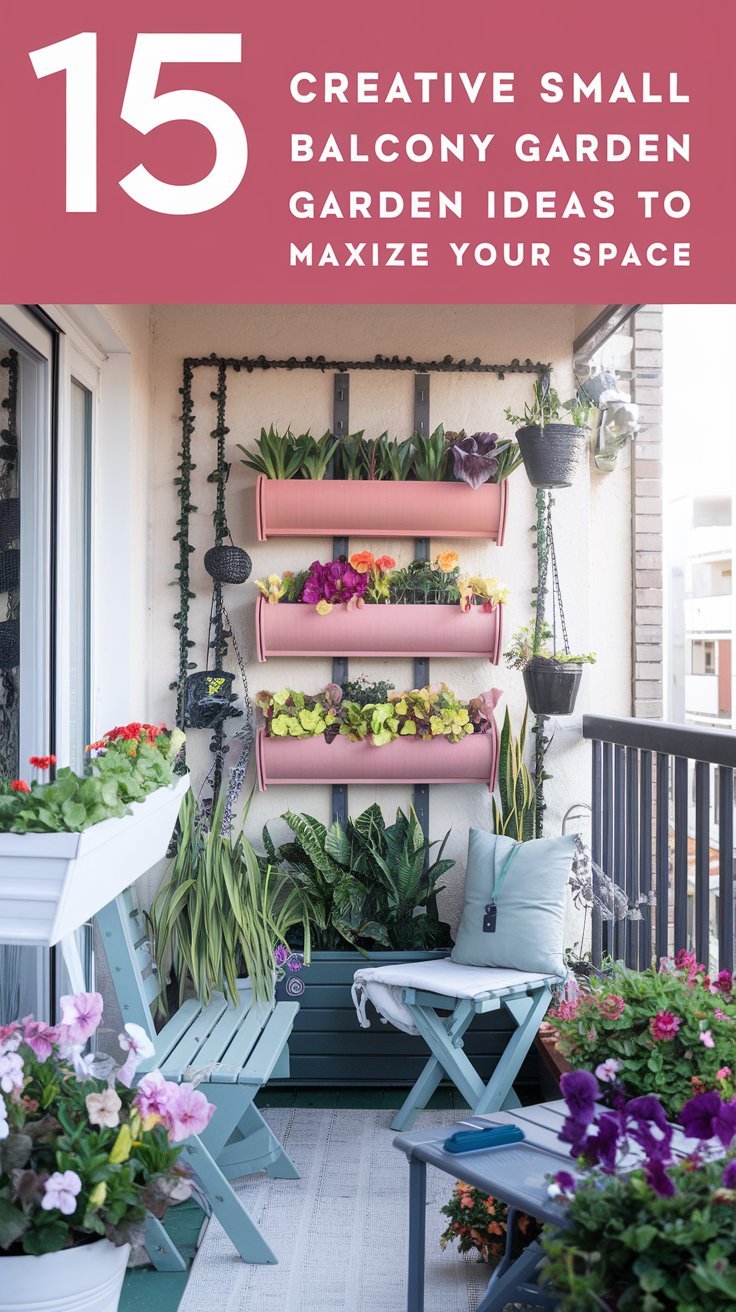Discover how to grow and care for Dichondra Silver Falls, a beautiful trailing plant with silver foliage. Learn about light, water, soil and maintenance tips for indoor and outdoor growth.
Dichondra Silver Falls, scientifically known as Dichondra argentea ‘Silver Falls’, is a beautiful trailing plant that’s becoming increasingly popular among gardeners and plant enthusiasts. With its cascading silver foliage, this plant adds a touch of elegance to any space. In this article, we’ll explore how to grow and care for Dichondra Silver Falls to keep it healthy and thriving.
Here’s an easy-to-read, verified information chart for Dichondra Silver Falls:
| Category | Details |
|---|---|
| Botanical Name | Dichondra argentea |
| Common Name | Silver Falls Dichondra, Silver Falls |
| Plant Name | Dichondra Silver Falls |
| Zone | 9-11 (USDA Hardiness Zones) |
| Sun Exposure | Full sun to partial shade |
| Soil Type | Well-draining, sandy to loamy soil |
| Watering | Regular; keep soil consistently moist but not soggy |
| Growth Habit | Trailing, spreading |
| Height/Spread | Height: 4-6 inches (10-15 cm) <br> Spread: 1-3 feet (30-90 cm) |
| Special Features | Stunning silver foliage with a cascading effect, excellent ground cover or hanging basket plant, low maintenance |
What is Dichondra Silver Falls?

Dichondra Silver Falls is a fast-growing, trailing plant native to southwestern North America and Mexico. It’s part of the morning glory family (Convolvulaceae) and is known for its small, round, silver-colored leaves that create a stunning cascading effect. This plant can be grown both indoors and outdoors, making it a versatile choice for various gardening projects. For more detailed botanical information, you can refer to the Missouri Botanical Garden’s plant finder.
Why Choose Dichondra Silver Falls?
There are several reasons why Dichondra Silver Falls is a great choice for your garden or home:
- Unique appearance: Its silver foliage adds a striking visual element to any space.
- Versatility: It can be used in hanging baskets, as ground cover, or in mixed container plantings.
- Low maintenance: Once established, it’s relatively easy to care for.
- Drought-tolerant: It can withstand periods of dry conditions, making it suitable for various climates.
- Fast growth: It quickly fills out spaces, providing lush coverage in a short time.
How to Care for Dichondra Silver Falls
Caring for Dichondra Silver Falls isn’t difficult, but there are some key aspects to consider for optimal growth. Let’s look at the main care requirements.
Light
Dichondra Silver Falls prefers bright light but can tolerate a range of light conditions:
- In outdoor settings, it does well in full sun to partial shade.
- Indoors, place it near a bright window, but protect it from harsh, direct sunlight.
- The silvery color of the leaves is more pronounced with more light exposure.
Tip: If growing indoors, rotate the plant regularly to ensure even growth on all sides.
Water
Proper watering is crucial for the health of your Dichondra Silver Falls:
- Water when the top inch of soil feels dry to the touch.
- Ensure good drainage to prevent waterlogged soil.
- Water more frequently during hot, dry periods.
- Reduce watering in winter when growth slows down.
Tip: Dichondra Silver Falls is drought-tolerant once established, but regular watering will promote lush growth.
Soil and Fertilizer
The right soil and nutrients will help your Dichondra Silver Falls thrive:
Soil:
- Use a well-draining potting mix.
- For outdoor planting, ensure the soil drains well.
- Add perlite or sand to improve drainage if needed.
Fertilizer:
- Feed with a balanced, water-soluble fertilizer every 4-6 weeks during the growing season.
- Reduce or stop fertilizing in winter.
- Avoid over-fertilizing, as this can lead to leggy growth.
Tip: A slow-release fertilizer can be a good option for consistent feeding throughout the growing season.
For more information on soil types and their impact on plant growth, you can check out this resource from the United States Department of Agriculture.
Temperature and Humidity
Dichondra Silver Falls is adaptable but prefers certain conditions:
Temperature:
- Ideal temperature range is between 60°F and 75°F (15°C to 24°C).
- Can tolerate temperatures down to 30°F (-1°C) for short periods.
Humidity:
- Tolerates average household humidity levels.
- Appreciates higher humidity but doesn’t require it.
Tip: If growing indoors in a dry environment, occasional misting can be beneficial.
Pruning and Maintenance
Regular maintenance will keep your Dichondra Silver Falls looking its best:
- Trim occasionally to maintain desired shape and promote bushier growth.
- Remove any dead or yellowing leaves.
- Pinch back growing tips to encourage branching.
Tip: Use clean, sharp scissors or pruning shears to avoid damaging the plant.
Common Problems and Solutions
Even with proper care, you might encounter some issues. Here are common problems and how to address them:
- Yellowing Leaves
- Cause: Overwatering or poor drainage
- Solution: Adjust watering schedule and improve drainage
- Leggy Growth
- Cause: Insufficient light or over-fertilization
- Solution: Move to a brighter location and reduce fertilizer
- Brown Leaf Tips
- Cause: Low humidity or inconsistent watering
- Solution: Increase humidity and maintain consistent moisture levels
- Pest Infestations (e.g., spider mites, aphids)
- Cause: Stress, poor air circulation
- Solution: Treat with insecticidal soap or neem oil, improve growing conditions
- Slow Growth
- Cause: Insufficient light or nutrients
- Solution: Provide more light and fertilize regularly during the growing season
Tip: Regularly inspect your plant for early signs of problems to address issues promptly.
For more information on identifying and managing common plant pests, you can refer to this guide from the University of California Integrated Pest Management Program.
Growing Dichondra Silver Falls Outdoors
Dichondra Silver Falls can be a beautiful addition to outdoor gardens:
- Use as a ground cover in sunny to partially shaded areas.
- Plant in hanging baskets or window boxes for a cascading effect.
- Incorporate into rock gardens or as a filler in mixed container plantings.
- Space plants 12-18 inches apart when using as ground cover.
Tip: In colder regions, treat Dichondra Silver Falls as an annual or bring containers indoors for winter.
Using Dichondra Silver Falls in Home Decor
This versatile plant can enhance your home’s aesthetic:
- Hanging baskets: Let it trail from elevated positions for a dramatic effect.
- Mixed containers: Combine with upright plants for contrast in form and color.
- Wall planters: Create a living wall with cascading silver foliage.
- Terrariums: Use as a trailing element in enclosed glass gardens.
- Table centerpieces: Plant in low containers for an elegant table display.
Tip: The silver foliage pairs well with both cool and warm color schemes in your decor.
Benefits of Growing Dichondra Silver Falls
Beyond its ornamental value, Dichondra Silver Falls offers other advantages:
- Low allergenic potential: Generally doesn’t cause allergic reactions.
- Erosion control: When used as ground cover, it can help prevent soil erosion.
- Heat tolerance: Thrives in warm conditions, making it suitable for hot climates.
- Minimal litter: Doesn’t drop leaves frequently, reducing cleanup.
- Deer resistant: Generally not favored by deer, making it suitable for open gardens.
Propagating Dichondra Silver Falls
You can easily propagate Dichondra Silver Falls to expand your collection:
- Take stem cuttings about 4-6 inches long.
- Remove lower leaves, leaving 2-3 sets of leaves at the top.
- Dip the cut end in rooting hormone (optional).
- Plant in a well-draining potting mix.
- Keep the soil moist and place in a bright, warm location.
- Roots should develop in 2-3 weeks.
Tip: Spring or early summer is the best time for propagation.
Dichondra Silver Falls Facts
Here are some interesting facts about Dichondra Silver Falls:
- It’s not a true Dichondra species but is closely related.
- The plant was discovered in 1996 and introduced commercially in 2000.
- It can trail up to 3-4 feet in length under ideal conditions.
- The leaves are typically less than an inch in diameter.
- It rarely flowers, focusing its energy on foliage growth.
Seasonal Care for Dichondra Silver Falls
Care requirements change slightly with the seasons:
Spring:
- Increase watering as growth resumes.
- Begin fertilizing schedule.
- Prune to shape and remove any winter-damaged growth.
Summer:
- Water more frequently during hot periods.
- Provide shade during the hottest part of the day if planted in full sun.
- Continue regular fertilization.
Fall:
- Reduce watering and fertilization as growth slows.
- Prepare to bring indoor if in a cold climate.
Winter:
- Minimize watering, allowing soil to dry more between waterings.
- Stop fertilizing.
- Provide bright light if kept indoors.
Tip: In mild climates, Dichondra Silver Falls can remain evergreen year-round.
For more information on how plants respond to seasonal changes, you can check out this article from the Royal Horticultural Society.
Comparing Dichondra Silver Falls to Other Trailing Plants
Here’s how Dichondra Silver Falls compares to other popular trailing plants:
- vs. Pothos:
- Dichondra Silver Falls has smaller, rounder leaves.
- Pothos is more tolerant of low light conditions.
- vs. String of Pearls:
- Dichondra Silver Falls has flat leaves instead of bead-like foliage.
- String of Pearls requires less frequent watering.
- vs. English Ivy:
- Dichondra Silver Falls is less invasive.
- English Ivy is more cold-hardy.
- vs. Creeping Jenny:
- Dichondra Silver Falls has silver foliage compared to Creeping Jenny’s gold.
- Creeping Jenny spreads more aggressively as ground cover.
Choosing the Right Dichondra Silver Falls Plant
When selecting a Dichondra Silver Falls plant, look for:
- Healthy, silvery-green foliage without discoloration.
- Compact growth with multiple stems.
- No signs of pests or disease.
- Well-established root system (gently check if the plant is root-bound).
- Trailing growth that’s not excessively long or tangled.
Tip: Younger plants often establish more quickly in new environments.
Frequently Asked Questions
Here are answers to common questions about Dichondra Silver Falls:
Q: Is Dichondra Silver Falls toxic to pets?
A: It’s generally considered non-toxic, but it’s best to prevent pets from ingesting any plant material.
Q: Can Dichondra Silver Falls be grown indoors year-round?
A: Yes, with proper light and care, it can thrive as an indoor plant.
Q: How fast does Dichondra Silver Falls grow?
A: It’s a fast grower, especially during the warm months and can spread quickly as ground cover.
Q: Can I use Dichondra Silver Falls in xeriscaping?
A: Yes, its drought tolerance makes it suitable for water-wise landscaping.
Q: Does Dichondra Silver Falls attract butterflies or other pollinators?
A: While it’s not known for attracting pollinators, its dense growth can provide shelter for beneficial insects.
Dichondra Silver Falls is a versatile and attractive plant that can add a unique touch to your garden or home. With its silvery foliage and trailing habit, it’s perfect for hanging baskets, ground cover, or as an accent in mixed plantings. By providing the right amount of light, water and care, you can enjoy the beauty of this plant year-round. Whether you’re a seasoned gardener or a beginner, Dichondra Silver Falls is a rewarding choice that can enhance any space with its elegant, cascading form.
For more gardening tips and plant care guides, visit usagardenweb.com.








Leave a Reply